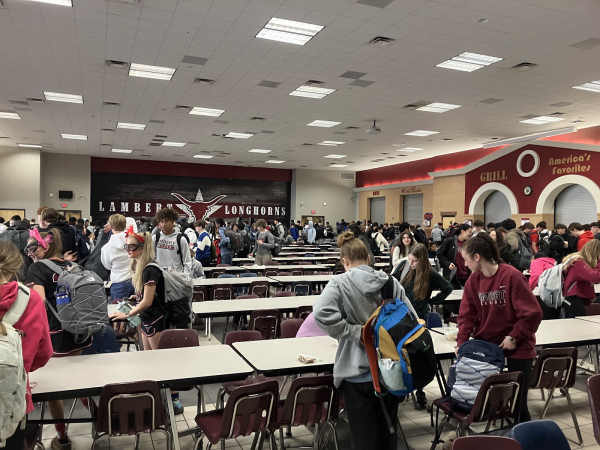Amazon vs. Retail
The online book-distributing company that everyone thought would fail is calling the shots nearly thirty years later. Its loyalty program; various electronics; taking Whole Foods under its corporate umbrella: all of this has made it the giant of almost every category of consumerism.
Amazon is using stores as a vessel for picking up merchandise instead of browsing. While some shoppers must try on sizes in-store, others now rely on returns and 48-hour delivery. Known as the “Amazon effect,” the sweep of online shopping on one site has affected retailers’ business models.
Specialty brands have suffered because of Amazon. The Amazon Marketplace has served as a one-stop-shop for many brands beginning in 2002. The company monitored customers to create their lines in 2016. This 14-year study has allowed them to understand trends and consumer preferences. Some retailers have released specialty lines to compete, turning to online sales, and selling household goods online.
The company has even discovered loopholes that have allowed it to use the government to increase profit. In 2017, they and other corporate giants received millions back from the feds and paid no taxes on their earnings. Antitrust laws have not prevented Amazon from making more money than the rest of the retail world combined in 2017.
The efficiency of the company comes at the cost of treating its employees poorly. The workers must meet unrealistic expectations and suffer under constant scrutiny. They regularly work 12 hours straight since they are required to carry a screen that tracks how long everything takes- including bathroom breaks. If the workers’ productivity does not remain ahead of the machine, they could be fired. Employees are forced to disregard safety procedures to meet the high quotas. Amazon’s monopoly seems to have no end in sight unless its finances are monitored.
Your donation will help support The Lambert Post, Lambert High Schools student-run newspaper! Your contribution will allow us to purchase equipment and cover website hosting costs.













